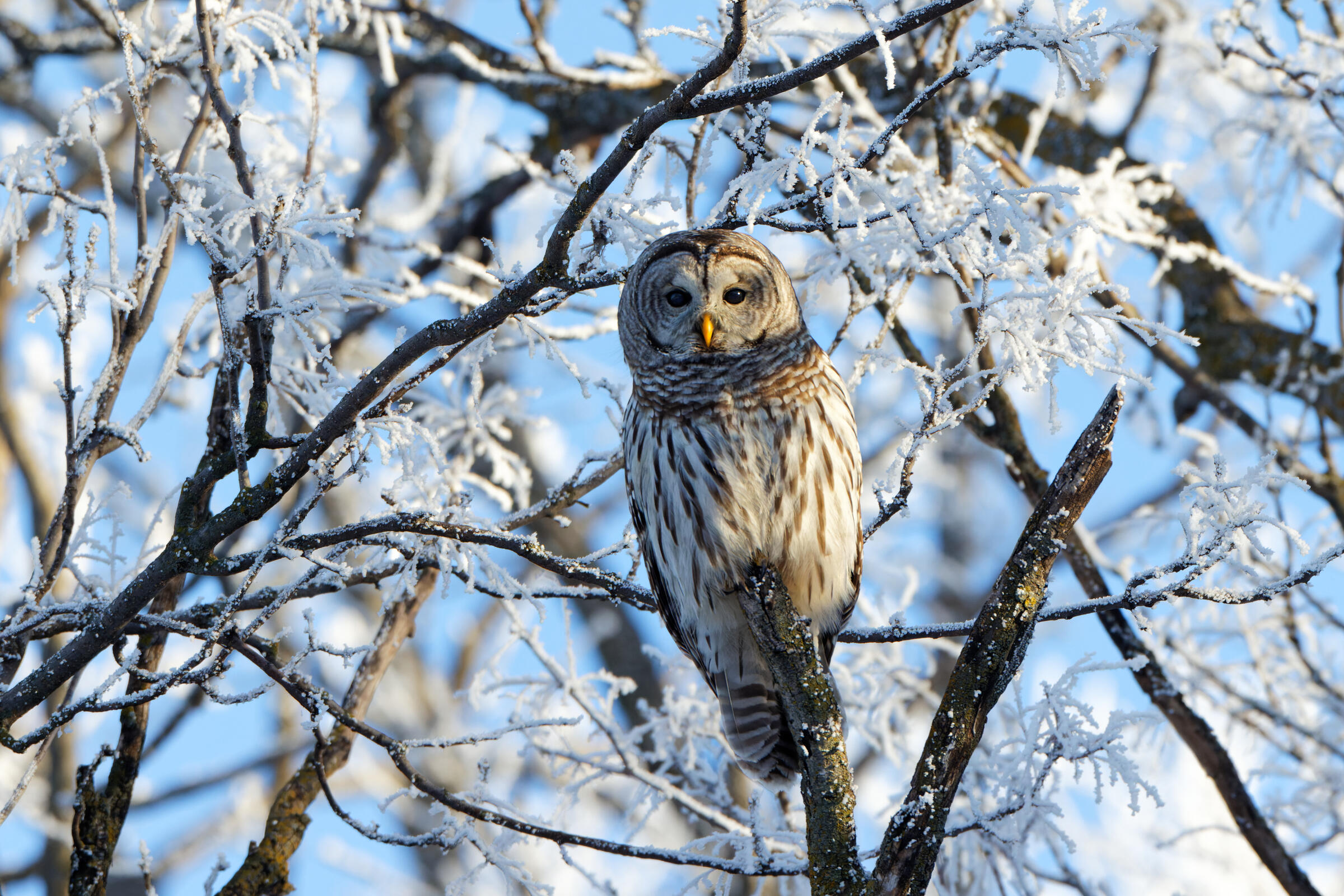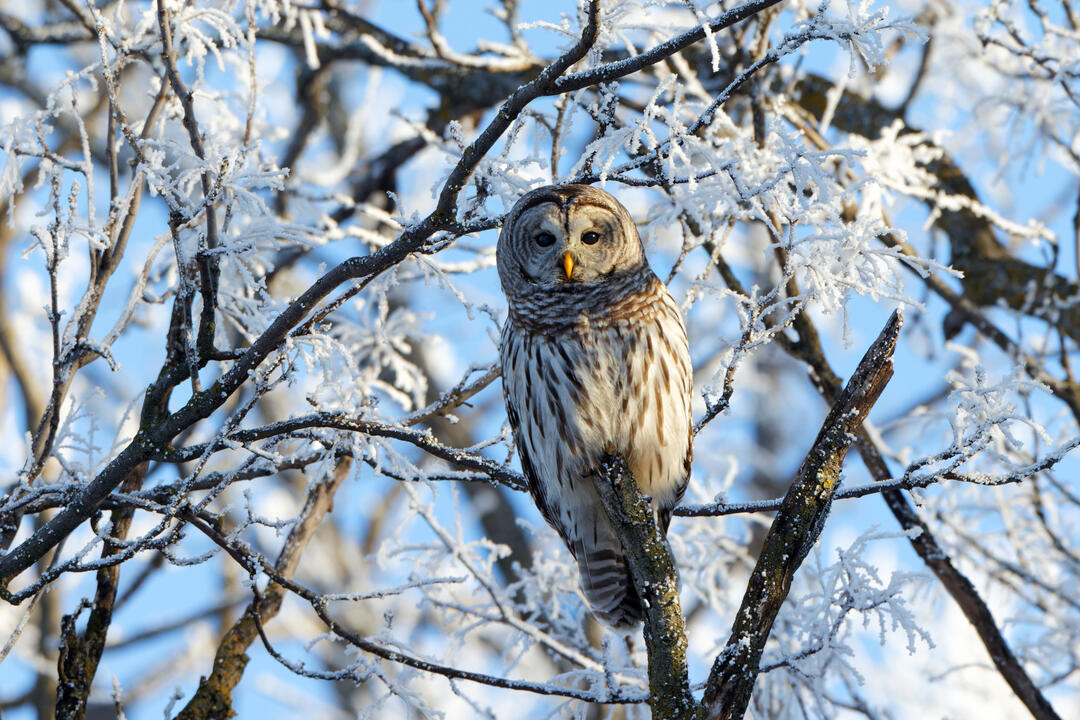Authors: David Mears, with contributions from Audubon Vermont Policy Interns Christina Cambria, Monica Diaz and Linnea Tootsov.
We are in the second year of the 2021-22 biennium, and the Vermont General Assembly is proceeding at full steam. Audubon Vermont is pleased to be part of the partnership of organizations signed on to Vermont’s 2022 Environmental Common Agenda. This agenda provides a roadmap for legislators to help guide their decisions to achieve the highest priorities for environmental policy and public investments.
Climate remains a top priority for the legislature, following on the publication of the Vermont Climate Action Plan, with opportunities for significant policy and funding actions for the benefit of birds and communities. Developed by the Vermont Climate Council, with input from Audubon Vermont and many others, the Climate Plan lays out a series of twenty-six pathways for Vermont to meet the emissions reductions goals of the Global Warming Solutions Act. The Plan also includes significant recommendations for natural climate solutions – investing in policies and programs to protect and enhance both Vermont’s working and natural lands.
A top priority for Audubon Vermont is to promote investments in climate natural solutions such as the sustainable management of working forests and agricultural land. In addition, we are seeking to advance bills that increase the protection and enhancement of natural lands that provide both important habitat for birds and wildlife, and help build resilient communities. We will also support legislation advancing environmental justice, working to ensure that everyone in Vermont has access to nature, and a clean and healthy environment.
With the help of a strong group of policy interns, Audubon Vermont is following the following bills:
Forest Protections in Act 250 (S.234): Once again, the Senate is considering revisions to modernize Act 250. Most important to birds among those changes are the addition of new protections for forest habitat blocks and ensuring greater protection for wildlife corridors. Thanks in no small part to the many calls, emails, and letters from Audubon Vermont members, the General Assembly has passed these important forest protections in the past. Governor Scott vetoed the bill including these protections during the last biennium, so we will need to step forward again and may need our Audubon community’s support to get enough votes to override a possible veto.
Click here to sign up for Audubon Vermont’s Action Alerts
Increased Eligibility for Forest Reserves in Current Use (H.697): The Current Use, or Use Value Appraisal program in Vermont, gives a property tax incentive to landowners who commit to maintain their land as working forests or farms. While a major contributor to the protection of Vermont’s landscape, the property tax benefits have not fully extended to forests that are left unmanaged so that they can develop old growth characteristics. This bill would create a new category of forest land eligible for the property tax incentives, increasing the potential for Vermont to achieve our goals for restoring old growth forests.
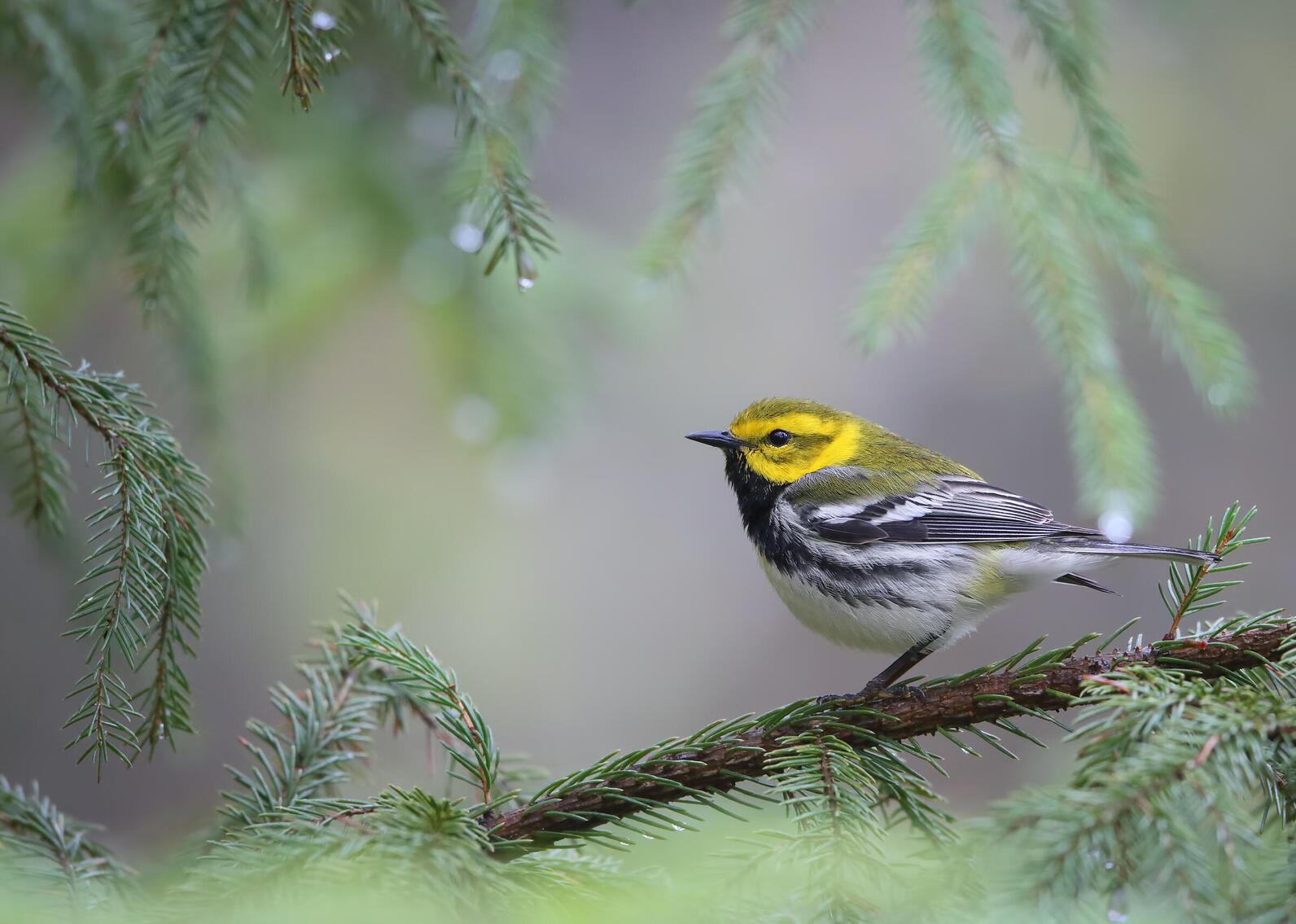
Community Resilience and Biodiversity Protection (H.606): This bill would establish a state of conserving thirty percent Vermont’s lands by 2030 and 50 percent by 2050. The advocates for this bill seek to preserve Vermont’s working lands, the forest, as well as preserving biodiversity and community resilience. Consistent with a nationwide goal of protecting 30 percent of the land currently being debated at the federal level, this plan is a response to the frightening loss of biodiversity and the decline of critical natural systems.
Environmental Justice (S.148): This bill proposes to establish an environmental justice policy for Vermont and would require state agencies to incorporate environmental justice into their actions and decision-making. Through this bill, the legislature would create an Advisory Council on Environmental Justice within the Agency of Natural Resources. The bill would also require the Agency to create an environmental justice mapping tool, used to identify environmentally disadvantaged communities. The goal of the bill is to ensure that all Vermonters have access to nature and a clean environment, and that no one faces a disproportionate impact due to their race or economic status.
Serve, Learn and Earn (Budget): Audubon Vermont has joined with three other organizations collaborating to provide a pathway to employment and affordable education in return for their service to Vermont. Audubon Vermont is collaborating with Vermont Works for Women, ReSOURCE, and Vermont Youth Conservation Corps to provide employment and workforce training in important priority areas including housing, outdoor recreation, climate, food security, and conservation. We are seeking funding to support our efforts to grow our programs to serve youth and young adults, and to help build the workforce of the future.
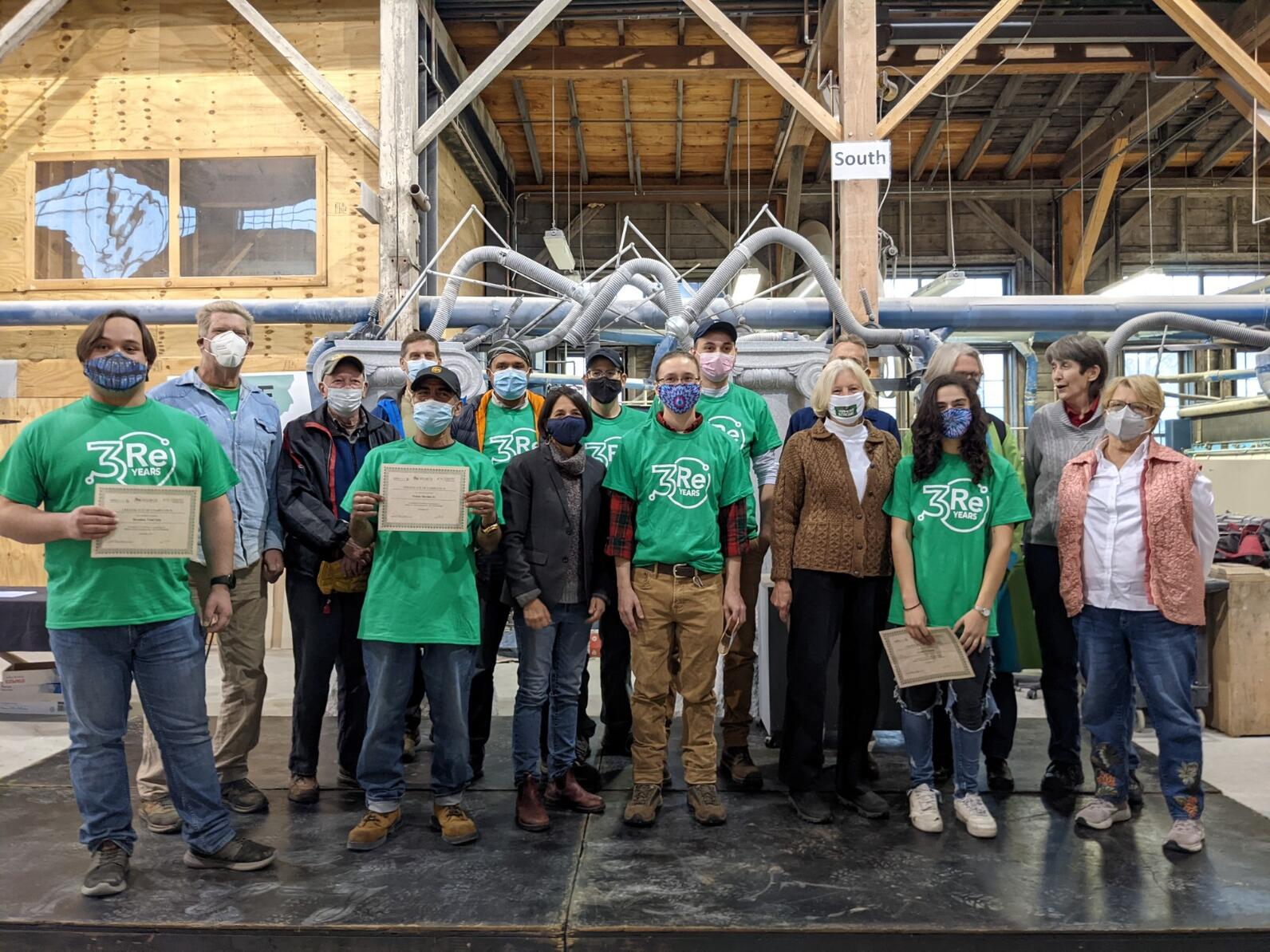
Neonicitinoids (H.626): Neonicotinoids are a class of pesticides, first introduced in the 1990’s, that have become widely popular in the United States. Although intended to control insects that are harmful to crops, neonicotinoids affect organisms other than just targeted insects, including bees and birds. Even relatively low doses of neonics can prevent songbirds from orienting themselves for their migration, cause significant weight loss, and interfere with reproductive success. Indirect effects on birds include the loss of aquatic macroinvertebrates that normally serve as an important food source. Some bird species have been observed to suffer from direct mortality as a result of eating neonic-coated seeds. In light of these harmful impacts, Audubon Vermont supports H.626, which would set a temporary ban on the use of neonicotinoid pesticides in Vermont until sufficiently protective regulations are in place.
Wetlands (H.543): Wetlands are a crucial aspect of ecological landscapes and are growing in importance in the face of climate change consequences. These vital components of our ecosystems reduce erosion, promote biodiverse populations of species, and reduce the impacts of flooding events. H.543, an act relating to regulations of wetlands in the State, proposes the creation of a policy to regulate and manage wetlands by the State in order to produce a net gain of wetlands acreage. Protecting and restoring Vermont’s wetlands will help to mitigate extreme precipitation events and ensure the stability of natural ecosystems and their inhabiting species.
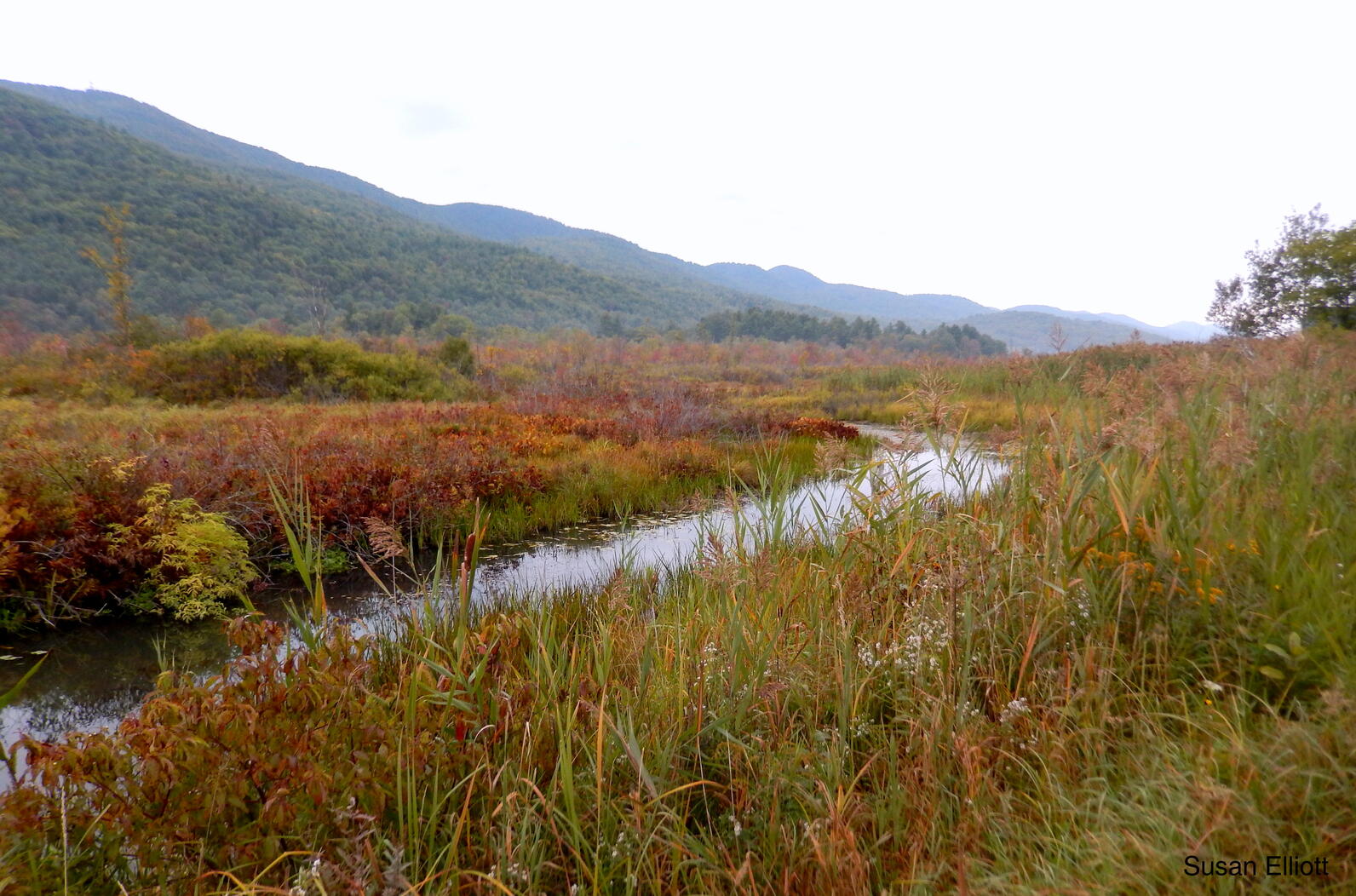
We may focus on other bills as they move through the legislative process and are tracking a variety of bills including ones focused on wildlife and habitat protections. Keep an eye on your Inbox for Action Alerts from us, letting you know when a contact to your local representatives can make a difference for birds and the places birds (and all of us!) need to thrive.

